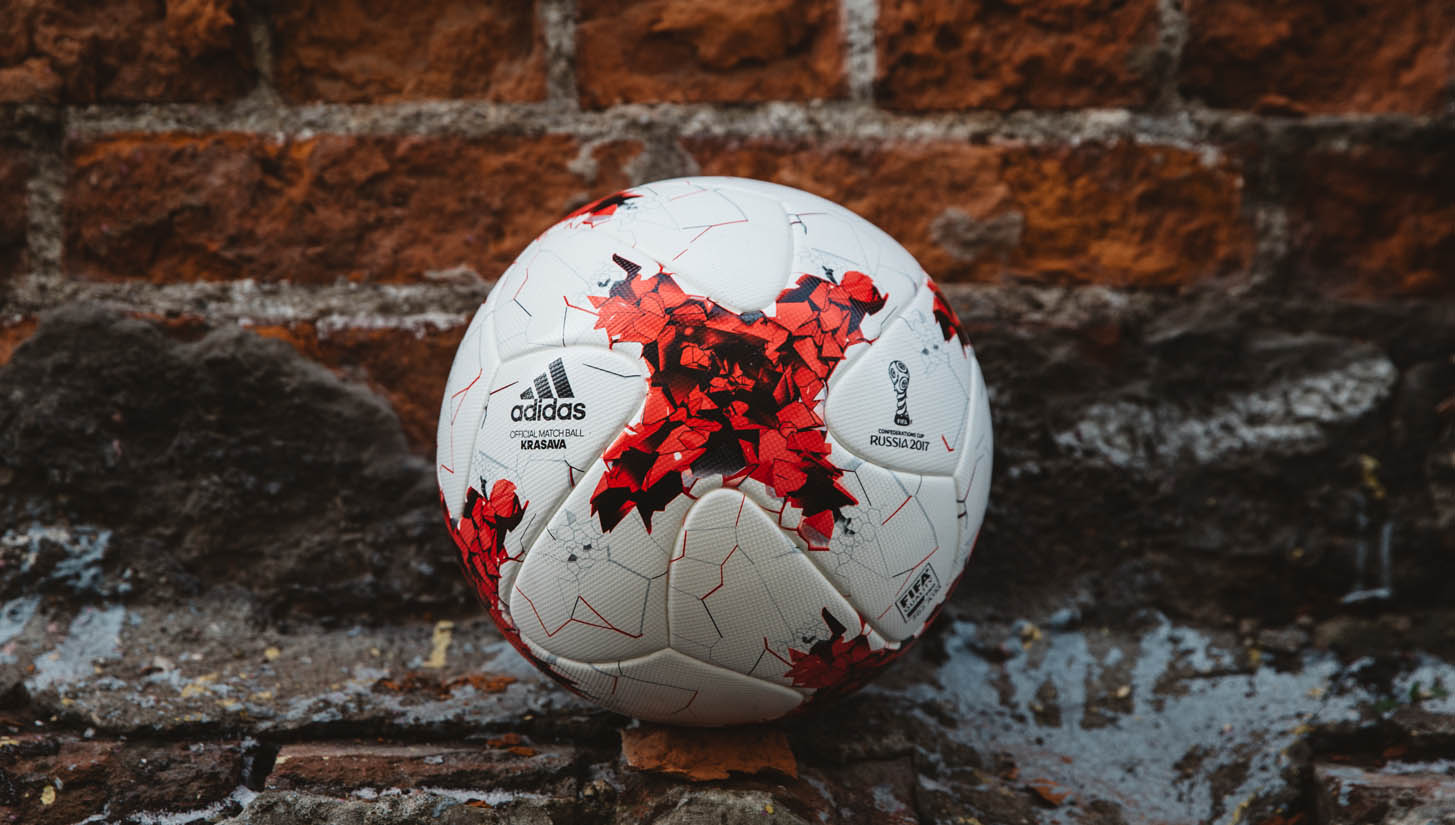Soccer is a fantastic way for kids to stay active, develop teamwork skills, and have fun. But when playing indoors, safety should be a top priority. The confined spaces and different surfaces present unique challenges that aren’t as prevalent in outdoor soccer. With the right precautions, using an indoor soccer ball can be just as safe and enjoyable as playing outside. This article outlines seven powerful safety tips for kids when playing indoor soccer, ensuring a safe and fun experience.
Understanding the Importance of Safety When Using an Indoor Soccer Ball
While the thrill of the game is universal, playing soccer indoors introduces different dynamics. The smaller field size, often harder surfaces, and closer proximity to walls and furniture can increase the risk of injury. That’s why it’s essential to educate both parents and young players on the specific precautions needed to ensure safe play with an indoor soccer ball.
1. Choose the Right Indoor Soccer Ball
The first step in ensuring your child’s safety is selecting the appropriate indoor soccer ball. Not all soccer balls are created equal. Indoor soccer balls are typically smaller, with a lower bounce, and are made of materials suited for indoor surfaces. Using an outdoor soccer ball inside can lead to more erratic movements and an increased chance of injury.
- Example: If your child is playing on a hard court, choose a felt-covered ball that is specifically designed for indoor play. This type of ball has less bounce and provides better control, reducing the risk of accidents.
2. Proper Footwear Is Essential
Footwear plays a critical role in safety when using an indoor soccer ball. Regular sneakers might not provide the grip needed on indoor surfaces, leading to slips and falls.
- Safety Tip: Invest in indoor soccer shoes that have non-marking rubber soles. These shoes provide the traction needed to prevent slips on smooth indoor surfaces and offer better control when maneuvering the ball.
3. Ensure the Play Area Is Safe
Indoor spaces can be filled with potential hazards, from sharp corners on furniture to fragile items like vases or picture frames.
- Safety Tip: Before your child starts playing, take a few minutes to clear the area of any obstacles. Move furniture to the sides, secure loose rugs, and ensure there’s enough space for free movement without risking injury.
4. Teach Proper Technique for Using an Indoor Soccer Ball
Proper technique is crucial for both performance and safety. Kids often mimic what they see in professional games, but indoor soccer requires adjustments in how they approach the ball.
- Safety Tip: Teach your child to keep the ball low and avoid high kicks, which are more likely to result in the ball hitting walls, windows, or other players. Encouraging dribbling and short passes instead of long kicks can significantly reduce the risk of accidents.
5. Use Protective Gear
Just because the game is indoors doesn’t mean protective gear is unnecessary. The intensity of indoor soccer can still lead to bumps and bruises.
- Safety Tip: Equip your child with shin guards, as they are the most common site of impact. Additionally, if your child is the goalkeeper, consider using padded gloves to protect their hands and fingers.
6. Set Clear Rules for Play
Establishing rules before play begins is vital for preventing injuries. These rules should emphasize safe play and respect for others on the field.
- Example: Make sure all players understand that slide tackles and overly aggressive behavior are off-limits. Set boundaries around the play area and make sure that everyone knows what to do if the ball goes out of bounds.
7. Supervision and First Aid
Finally, adult supervision is crucial whenever children are playing with an indoor soccer ball. Accidents can happen, and having a responsible adult present ensures that help is available if needed.
- Safety Tip: Always keep a first aid kit nearby. Accidents can happen, and quick access to bandages or ice packs can make a big difference in how injuries are managed.
Conclusion
Playing soccer indoors can be a fantastic experience for kids, offering the same excitement and physical benefits as outdoor soccer but with some additional safety considerations. By following these seven powerful tips, you can ensure that your child enjoys the game while minimizing the risk of injury. Remember, the right indoor soccer ball, proper footwear, a safe play area, and clear rules are key to safe indoor soccer fun.
Want to ensure your child’s safety and boost their soccer skills? Start by investing in a high-quality indoor soccer ball from our store. Browse our collection today to find the perfect ball and gear to keep your little athlete safe and active!












